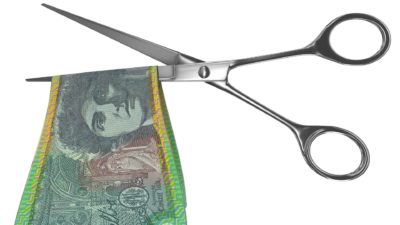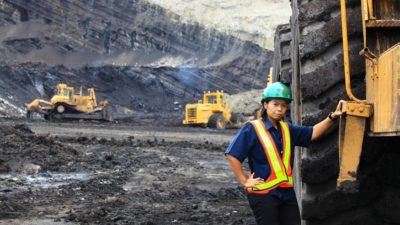The Fortescue Ltd (ASX: FMG) share price fell 7.3% during October amid weakening iron ore commodity prices and the market's disappointment that China had not announced more stimulus measures.
After China first announced stimulus measures in late September, ASX 200 iron ore stocks like Fortescue and iron ore commodity prices immediately rallied.
Stimulus typically leads to higher industrial activity, which means more demand for iron ore to make steel.
China is the world's biggest iron ore consumer, importing 76% of global exports. Australia is the world's biggest iron ore producer, with our 2023 iron ore export earnings to China totalling $115.6 billion.
To put that into perspective, export earnings to our second-biggest buyer, Japan, totalled $8 billion, according to the Department of Resources.
However, market excitement over the stimulus was short-lived, with expectations of further stimulus in October dashed. This contributed to volatility in the Fortescue share price throughout the month.
What else happened in October?
The only piece of price-sensitive news out of Fortescue last month was its quarterly update.
For the three months ending 30 September, Fortescue recorded total iron ore shipments of 47.7 million tonnes (Mt), including 1.6Mt from Iron Bridge.
While this was a first-quarter record and a 4% increase over the previous corresponding period, it was down 12% quarter over quarter.
In addition, the miner recorded hematite C1 costs of US$20.16 per wet metric tonne (wmt). That was 9% higher than the previous quarter and above the consensus estimate of US$19.20 per wmt.
What's next?
Looking ahead to FY25, Fortescue is guiding full-year iron ore shipments of between 190Mt and 200Mt.
This includes shipments of 5Mt to 9Mt from Iron Bridge.
This is expected to be achieved with a hematite C1 cost of between US$18.50 per wmt and US$19.75 per wmt.
A key concern for investors is whether Fortescue can keep paying its historically generous dividends.
As my colleague Tristan reported last month, analysts' forecasts of lower iron ore prices and lower earnings for the miner may mean it can't.
Several analysts think the iron ore price will fall to somewhere around US$80 per tonne. This will mean tighter margins for Fortescue, which has a reported break-even price of US$64 per tonne.
What do the experts say?
There are a range of views on what's next for the Fortescue share price and whether the stock is a buy, hold or sell.
In a recent article, Tom Hays, a research analyst at Tyndall AM, said the fund had bought Fortescue due to its weakened share price, lack of gearing, and attractive fully franked dividends.
However, other brokers are cautious.
UBS has a sell rating on Fortescue with a 12-month share price target of $17.60.
Bell Potter cut its rating on Fortescue to sell last month and reduced its share price target to $17.04.
Goldman Sachs has a sell rating on Fortescue with a share price target of $15.10.
In a recent note, Goldman said it was concerned by Fortescue's valuation and weak dividend outlook.
The broker said:
FMG continues to trade at a >10% premium to RIO & BHP on an EV/EBITDA basis, but at a >30% premium on a P/NAV basis, despite being less diversified and having a lower margin and FCF/t iron ore business. The valuation gap implies >US$10bn of value for hydrogen projects in FMG's share price in our view. To justify this valuation gap, we think FMG would need to build 20 Gibson Island sized projects or 40 Phoenix sized projects globally (assuming >10% IRR) selling green ammonia at >US$1,500/t (including government support).
We continue to think FMG is at an inflection point on capital allocation, and to fund the ambitious strategy, we assume the company reduces the dividend payout ratio from the current ~70% to ~50% from FY26 onwards (bottom end of the 50-80% guidance range), and increases gross gearing to ~30% by FY27 (but in-line with the company's target of 30-40%).
The Fortescue share price finished trading on Friday at $19.49, up 1.67%.








